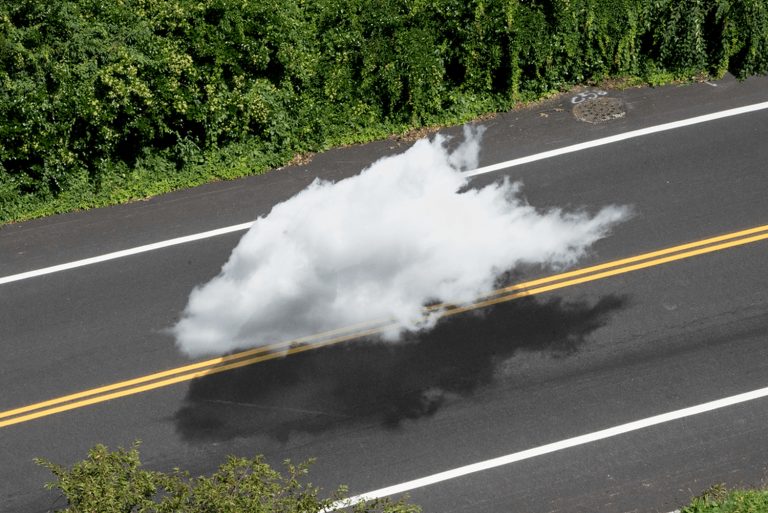
KangHee Kim
KangHee Kim was tired of waiting for the magic to happen, so she created it herself. The Brooklyn-based South Korean
Gerhard Richter is one of the most important and influential living artists of the post-war era. For decades he searched innovative ways to make painting more relevant often through a multifaceted dialogue with photography. What captivates him is the way in which these two seemingly opposing practices speak to and challenge one another. Richter thus moves effortlessly between the two mediums and enjoys the complexity of their relationship. Yet he never asserts photography or painting above the other.
Born in Dresden in 1932, Gerhard Richter came of age after World War II. In fact, his father taught school In the villages of Reichenau and Waltersdorf before being mobilized. As for his mother, she read Goethe and Nietzsche, as well as the classics of German literature. And also listened avidly to the great 18th- and 19th-century composers. Besides, she was the one who encouraged her son’s interest in drawing and painting.
Eventually, at the age of 15-16, Richter began to make paintings. Such as watercolors, landscapes, and self-portraits. He particularly remembers one time when he was watercolor painting watercolor a dancing group of people.
As Richter continues: ‘I was so negative when I was young. We had moved to a new village, and automatically I was an outsider. I couldn’t speak the dialect and so on. I was at a club, watching the others dance, and I was jealous and bitter and annoyed. So in the watercolor, all this anger is included, at 16. It was the same with the poems I was writing-very romantic but bitter and nihilistic, like Nietzsche and Hermann Hesse.’
Later, when he got a need for a job, Richter did poster painting and lettering on banners. He worked afterward in the city theater, in Zitau, for half a year, painting scenery. It is the town about 100 kilometers from Dresden, where he lived in a dormitory for apprentices.
Consequently coming out of experiences with watercolors, poems, and work in theater Richter decided to go to the art academy. After all, from the age of 16, he had a feeling that it would be right for him to become an artist. Back then he only knew that he just wanted to paint and take pictures…
















KangHee Kim was tired of waiting for the magic to happen, so she created it herself. The Brooklyn-based South Korean
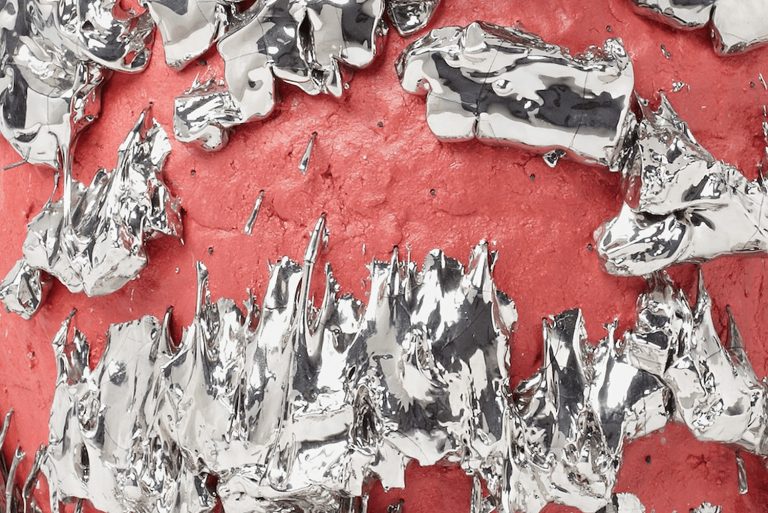
The contemporary artist Takuro Kuwata was born in Hiroshima, Japan. He graduated from Kyoto Saga Art College, Department of Fine
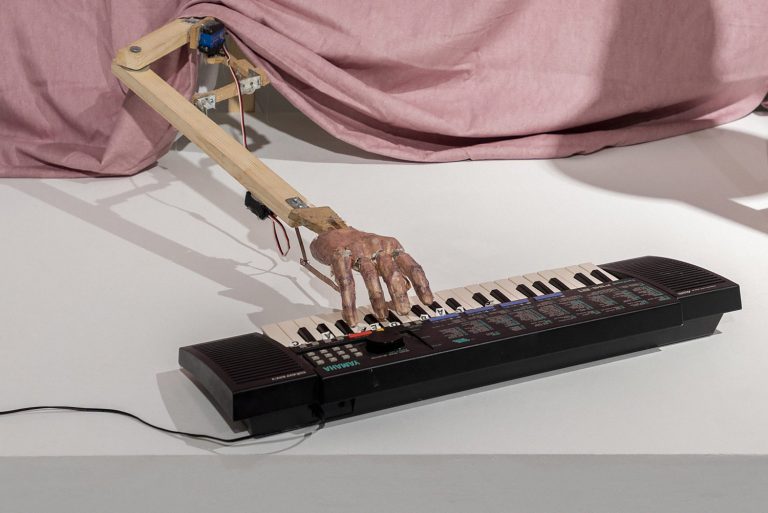
Originally from Örebro, Sweden, artist Tobias Bradford now splits his time between Stockholm and London. His work examines the gray
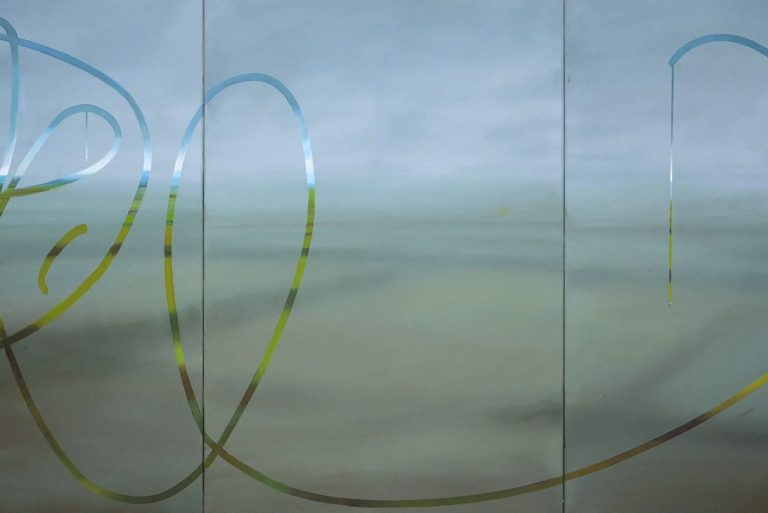
Jochen Mühlenbrink, a German artist, manipulates our sense of reality through his masterful paintings. Utilizing trompe-l’oeil techniques, he weaves illusions
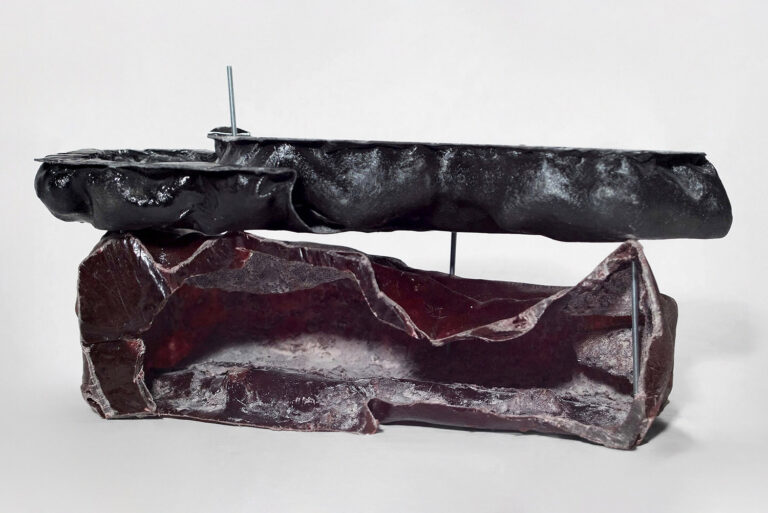
Carlos Martín Rodríguez produces works that resonate with intellectual richness while exuding a contemporary feel. Specializing in sculpture, installation art,
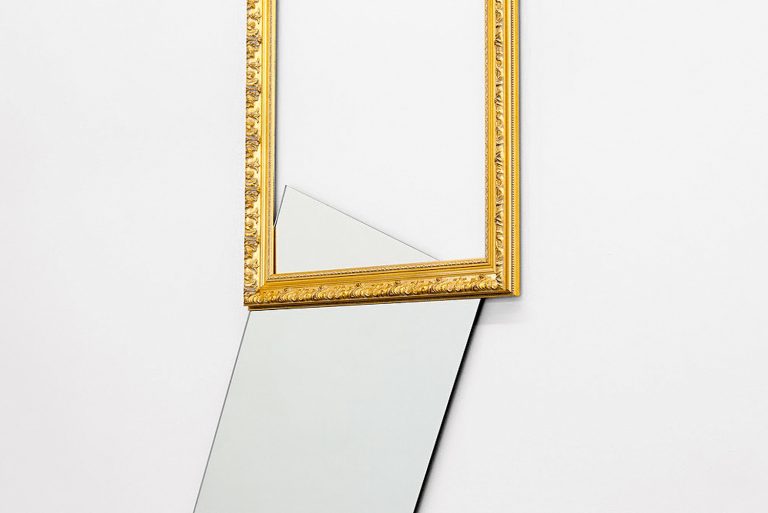
Sali Muller is a young, up-and-coming artist. Being a sensitive analyst of habits, vision, and perception she focuses on concepts such
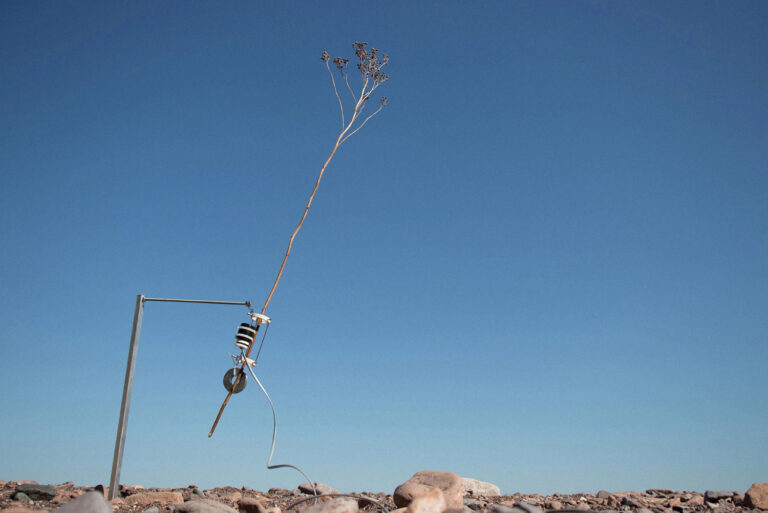
David Bowen creates a world where nature and machines converge in captivating kinetic sculptures, transcending traditional mediums. He crafts experiences

The multimedia artist Carlos Sáez lives and works in Valencia, Spain. His work exists in the conjunction of digital and
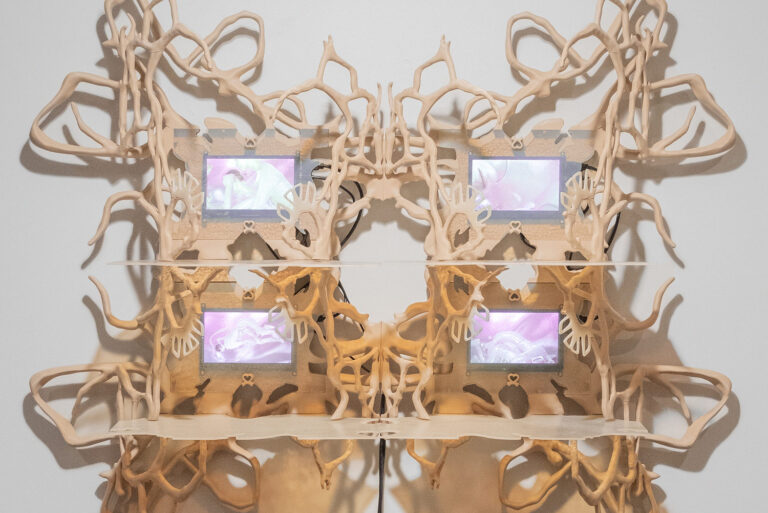
Clara Schweers skillfully intertwines the digital with the tactile, pushing the boundaries of contemporary art and design. Her practice exists
Independent Art & Design Gallery 0→1 © 2024
Stay in the loop with 0→1. Join our email list for the latest news, artist highlights, and first dibs on our exclusive collections. Dive into the art world with us — curated, simplified, and personal.
(We respect your inbox. Our updates are curated for value, and you can unsubscribe anytime. No spam, just art.)
We use cookies to improve your browsing experience; details in our Privacy Policy →